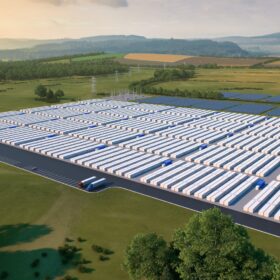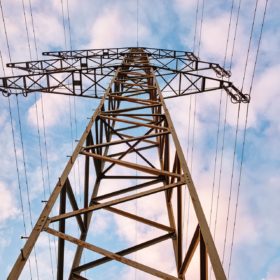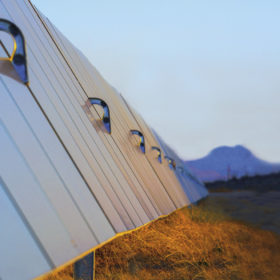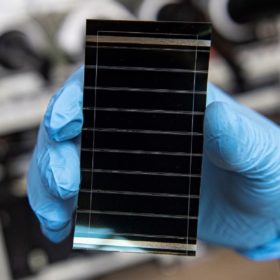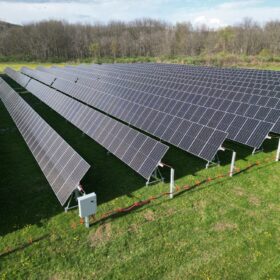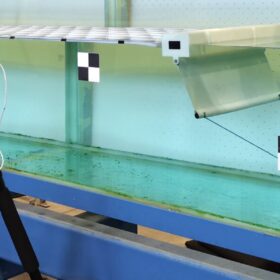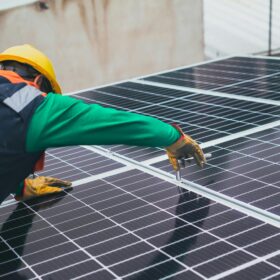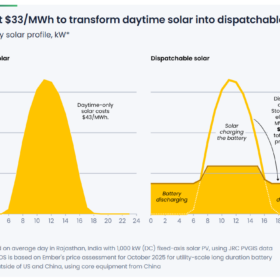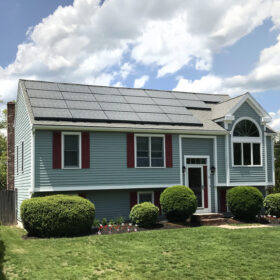Sunrise brief: Five major solar panel suppliers found in violation of antidumping laws
Also on the rise: Clean energy jobs seeing growth across the U.S.
New York State increases clean energy storage research incentives
Four demonstration projects receive funding to test and scale different long-duration energy storage technology proposals.
Federal government proposes new rules for green-grid construction
The DOE established an interagency program to try to streamline the approval and construction of transmission grids with a timeboxed approach to the research collaboration building and renovation phase.
New study claims PV industry is neglecting overirradiance issues
Overirradiance conditions may affect the operating performance of photovoltaic plants, the stability of the electrical grid, and the efficiency of inverters. A research team has warned these effects are currently not being given proper consideration by the solar industry.
Research shows bats stay away from ground mounted solar plants
New research from the United Kingdom claims that ground mounted PV facilities have a negative effect on bat activity. According to the scientists, the panels may be causing some bats to alter their flight paths, potentially resulting in further fragmentation of the ecological landscape.
First Solar explores potential of quantum-dot solar modules
In a joint development effort with UbiQD, thin-film solar manufacturer, First Solar, is exploring the potential use of quantum dots in enhancing solar photovoltaics.
Mitigating residential duck curve via solar pre-cooling
Solar pre-cooling consists of using residential PV systems to run air conditioners to pre-cool residential and commercial buildings. It offers benefits in terms of mitigating low minimum demand in electricity networks, flattening the grid’s net demand profile, and reducing electricity bills.
U.S. startup to produce perovskite glass for tandem modules
Caelux secured series A funding to deploy perovskite glass that can be integrated with existing solar manufacturing processes to boost module efficiency.
How New York State can stay on track with green-grid goals
The Office of the New York State Comptroller suggests streamlining three parallel processes to ensure a carbon-free grid by 2040.
New mooring system for offshore, coastal floating solar arrays
The novel mooring solution consists of perimeter pontoons, barriers, clump weights, mooring lines and anchors. Its creators claim it is cheaper in materials and maintenance, as well as more wave-stable, compared to mooring systems using elastic cables.

